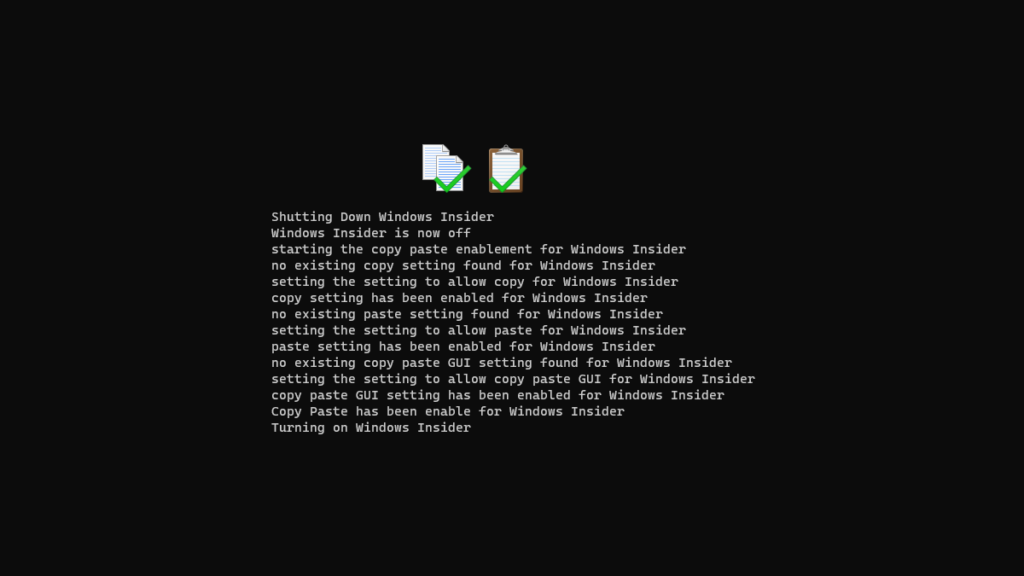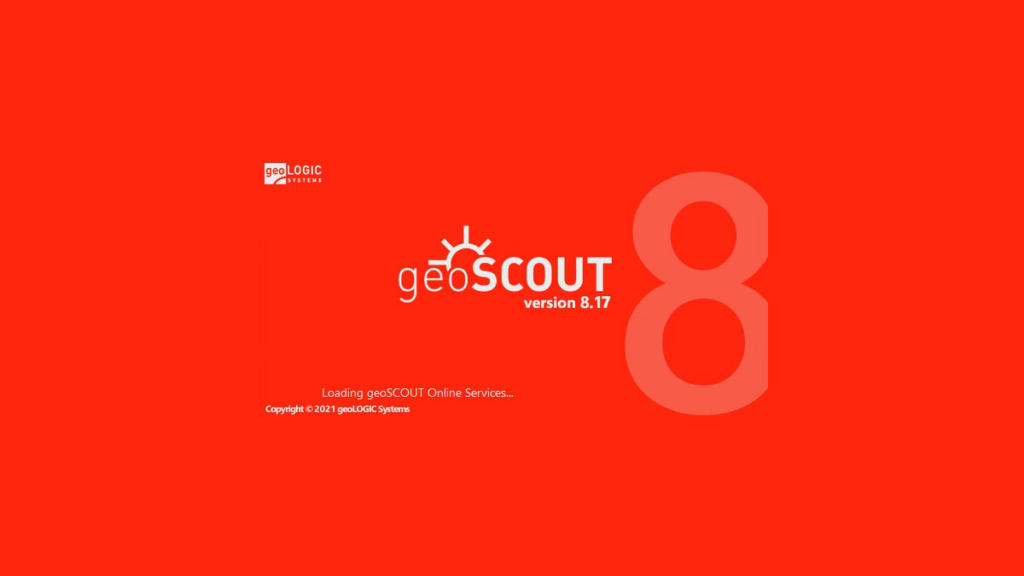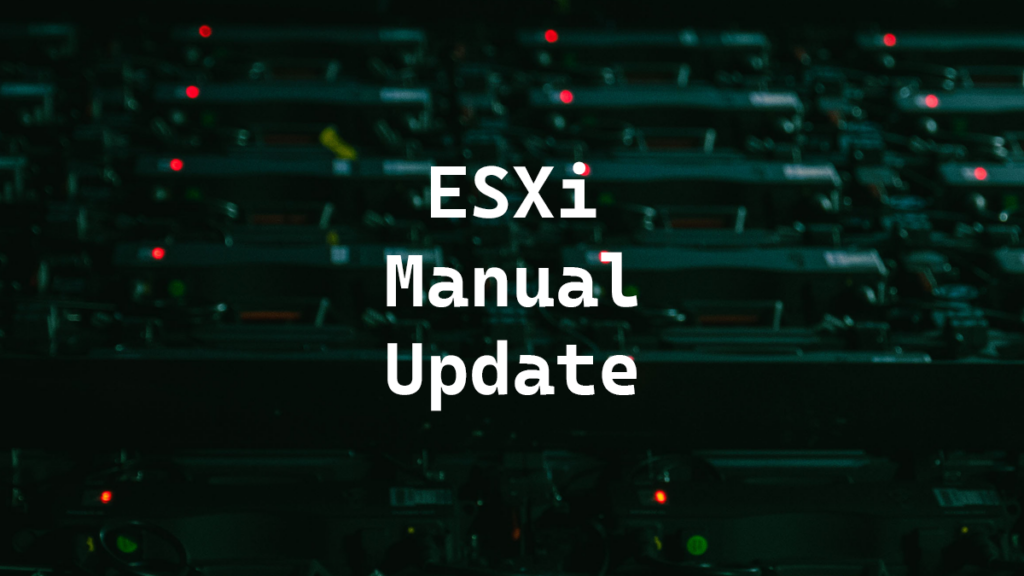I needed to get geoSCOUT working in Omnissa Horizon (formerly VMware Horizon) but geoLOGIC doesn’t officially support publishing geoSCOUT to systems like Citrix, RD Web, and Horizon. Due to the way that geoSCOUT works you can’t just launch the geoSCOUT exe and have it work.
On the first launch a user would normally run the geoSCOUT Desktop_Build_NonAdmin_v8.exe installer which will create the App Data and the document files for the user. The creation of the App Data part is important because that is when it creates the reference to the geoSCOUT license file. If you try to just run the geoSCOUT Desktop_Build_NonAdmin_v8.exe install file outside of the path of your geoSCOUT license file it won’t install correctly.
Now a way to get around the issue is to have the user RDP into your session host that is publishing the application and have them run the non admin installer but that isn’t very seamless and is very time consuming.
My solution was to write a PowerShell script that launches before the user launches geoSCOUT.
…












